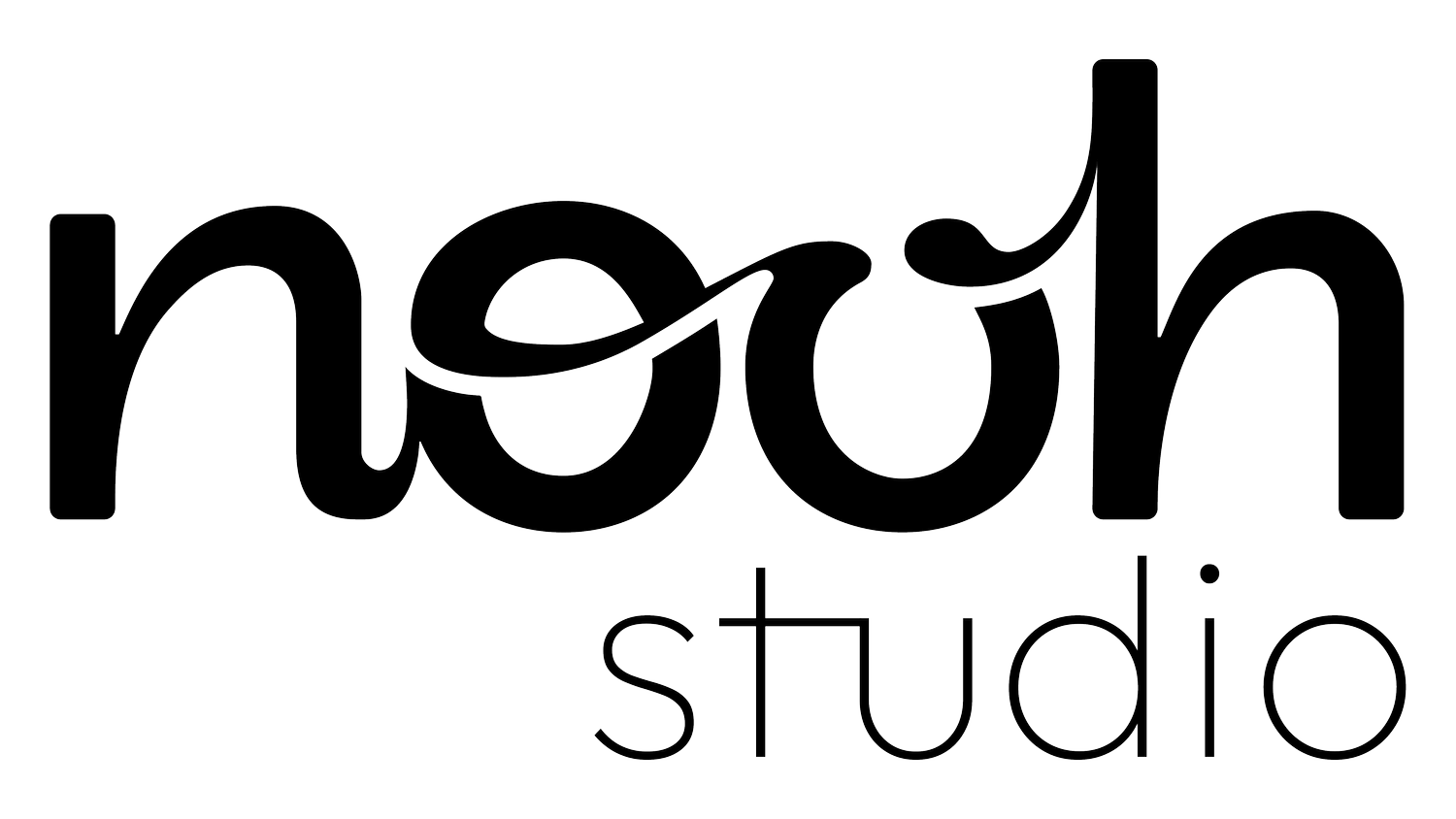4 tips for Behaviour Change in Health Communications
In the world of healthcare and public health, effective communication is about more than just spreading information - it's about driving behaviour change. Whether you’re encouraging people to stop smoking, inspiring communities to eat healthier, or even promoting better posture, the goal remains the same: to inspire actions that lead to better health outcomes. But, as Robert Aunger, Associate Professor at London School of Hygiene and Tropical Medicine, says it’s often the case that “ healthy behaviours are not rewarding (think hand washing and eating your 5 a day)”.
So how exactly do we promote behaviour change? Aunger says that “when creating global health adverts you need to think about inputs, outputs and human motives”. And it all starts by fully understanding what behaviour change is.
Understanding behaviour change
Behaviour change is a complex process influenced by a lot of factors - from personal beliefs to social norms, and even environmental cues. Put simply, behaviour change is a person moving from one set of habits or actions to another. This process typically follows a series of stages:
Precontemplation: People aren’t yet considering change.
Contemplation: They’re thinking about change but haven't taken any action.
Preparation: They're getting ready to make a change.
Action: They're actively making changes to their behaviour.
Maintenance: They're working to sustain the changes they've made.
Figuring out where people are at in this process is crucial for creating health communications that connect with them. Once you know where your target audience is, you can begin to design solutions that positively influence their behaviour. Here’s how…
1. Frame the challenge
Like with any design brief, it’s important to start by framing the challenge you’re trying to tackle. This means deep diving into the problem, understanding the causes and establishing the effects it has on people’s lives. Using behavioural change models such as MINDSPACE and the Behaviour Change COM-B will help you to do this - determining the capability of the people you’re trying to speak to, the opportunity for innovation and the motivation behind your campaign.
2. Learn about the landscape
To effectively influence behaviour, you need to understand the landscape in which you’re launching your communications. Research what products, services and campaigns already exist and the impact that they have on people. Then explore why the existing designs aren’t connecting with people, and seek out expert insight and design advice which you can use to make your own services and products more effective.
3. Approach with empathy
Effective health communications prioritise empathy. Ultimately, your product or service is about your audience, so it’s important that you work with an empathetic design team who take the time to understand the user experience. Balancing user needs with target impact is the only way to drive the change you want, creating better outcomes for both patients and providers.
4. Conduct user research
It might sound obvious, but when strapped for time design teams sometimes overlook user research. Even if you’re on a tight deadline, make sure you conduct in-depth interviews with your target audience to gather first-hand insights. Then weave these insights into your solutions, rapidly developing prototypes which you can share with users for feedback.
Effective communication is the cornerstone of successful public health initiatives. By understanding the stages of behaviour change and designing with empathy, we can encourage shifts in how people behave - leading to improved wellbeing for individuals and communities alike. And who doesn't want that? Whether you’re launching a campaign, an innovative product or a new service, the power to inspire change lies in our ability to connect with people and support them on their journey to better health.
Our founder, Helena, just finished a Masters in Healthcare and Design at The Royal College of Art x Imperial writing all about health communications. If you’re interested in finding out more about her thesis “Why Healthcare and Public Health needs Co-Produced Design-Led Storytelling”, book in to have a chat.
Or, for help creating your own health communications that drive the behaviour change you want, just get in touch. We’re nooh, the creative co-design agency dedicated to telling stories which reach more people, and we’d love to help.
